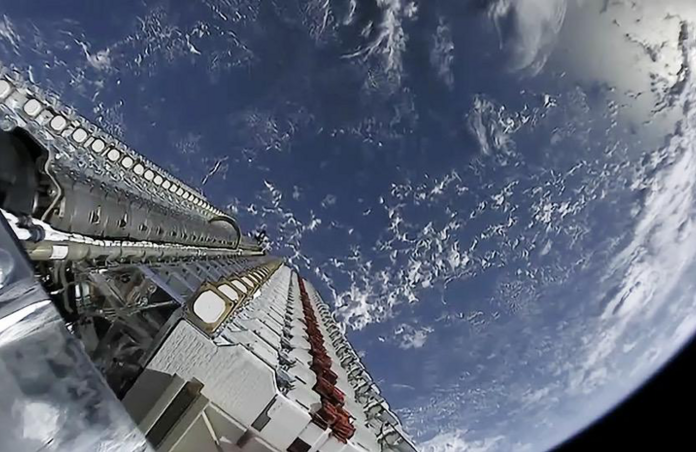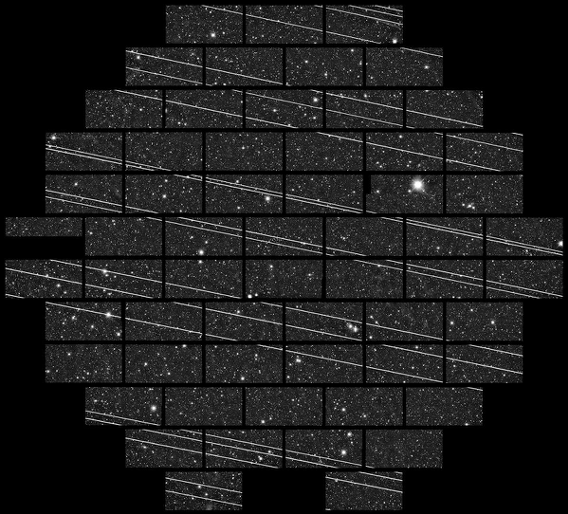The Impact of SpaceX’s Starlink Satellites on Astronomy

SpaceX has been steadily moving forward with its internet-from-space satellite project—and astronomers are worried the network will hinder space observation. The project, known as Starlink, aims to use a network of 12,000 satellites to ‘beam’ internet connection to Earth. While Starlink is undoubtedly an excellent idea, the satellites will dwell in a low Earth orbit, making them significantly more luminous than others. Light pollution is an enemy of every astronomer, especially those performing long exposures of specific areas, and Starlink’s introduction has prompted a few different studies attempting to gauge the possible detrimental effects. However, SpaceX has already launched a new 'darker' version of the satellites, and has ideas on how to reduce luminosity further—but how effective will they be?
The Impact of Starlink
The biggest problem with the satellites is that, because of their low orbit (below 600 km), they’re visible with the naked eye. A study submitted to arXiv, which analyzes the impact of the ‘mega-constellation' of satellites, noted that only certain types of observation would be affected by the additional satellite population. Jonathan McDowell, the author of the study, mentions that “The impacts will be significant for certain types of observation (e.g., twilight observations and long-exposure observations with wide fields of view), certain observatories (those at relatively high latitude) and at certain times of year (local summer)."

Because of the concern expressed by the astronomy community, SpaceX responded by coating one of their satellites in a new type of reflective coating. This new reflective satellite, called Darksat, was sent up in their last launch back in January 2020. Since then, a variety of different observatories and amateur astronomers have been observing and gauging just how reflective it truly is.
Checking on DarkSat Using the Ckoirama Observatory
A team of astronomers, led by Jeremy Tregloan-Reed of the University of Antofagasta, conducted observations of Darksat during its initial orientation and normal orbit position. Using the Ckoirama Observatory—which was installed by some of our very own members here at Telescope Live—the researchers found that Darksat was considerably fainter, but only by about half of what it used to be. “The results from this work show that Darksat is invisible to the naked eye, even under optimal conditions. However, this reduction does not meet the requirement needed to mitigate the effects that low orbital mega-constellation LEO communication satellites will have on ultra-wide imaging exposures from large telescopes, such as the National Science Foundation’s Vera C. Rubin Observatory.”
Darker Future
SpaceX CEO Elon Musk has come under some flak for the Starlink project, particularly because he has claimed many times that the satellites will have zero impact on astronomical viewing. However, SpaceX does intend to continue working on an effective solution to the problem. They even have plans to introduce a ‘sunshade’ that could potentially block out light from the sun entirely. Many are still a bit worried about the overall impact of such a massive satellite network, but with cooperation from SpaceX and further observations and testing from astronomers, they may prove not to be a problem at all.